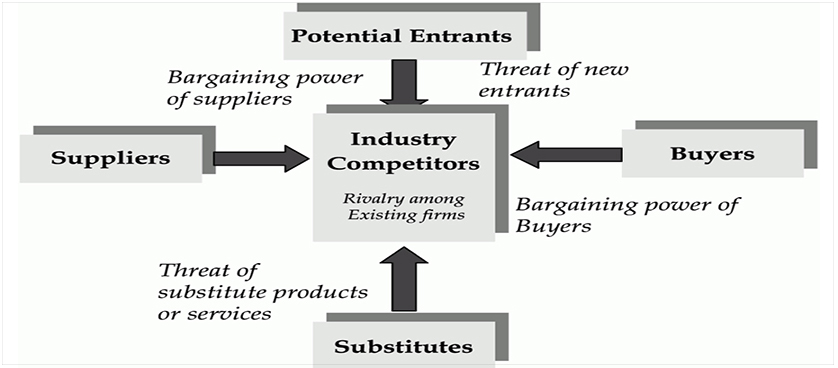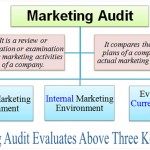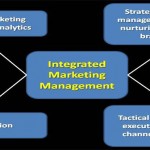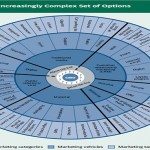Marketing Performance – The five forces model by Michael Porter
The current blog post on marketing performance management investigates Michael Porter’s five forces model that facilitates the analysis of the competitive forces that appear in a particular business situation.
The model is made of a graphic representation of the five forces that are considered to influence a business, especially when entering a new market, along with an analysis of the exact elements by which each of the five forces manifests its influence. Therefore, it is a valuable tool in managing the company’s position by taking into consideration the key factors that influence performance within the industry.
Porter has suggested that the main five factors that influence the particular environment of an industry are the following:
- Competitive rivalry
It may appear when competitors are similar in size, when they offer similar, undifferentiated products or when they have similar strategies.
- Suppliers’ power
The power of suppliers can make an impact on each organization, as they are an important element in the value creation chain. However, their power can be even greater when they monopolize the raw materials’ market or if switching to other suppliers is difficult due to reasons of costs or the inexistence of substitutes for their product.
- Buyers’ power
Again, like the power of suppliers, the power of buyers always exists, but it is higher mainly when the products are undifferentiated and consumers can switch easily or if they are highly sensitive to price.
- Substitutes for the company’s product
These represent a threat to the company’s product mainly when consumers are sensitive to price and it is easy for them to switch to other products that are very similar and satisfy their needs.
- New entrants on the market
This force is high when the barriers to entering the market are low. The more and higher the barriers the lower the threat of new companies entering the market. Examples of such entry barriers can be governmental legislation that new entrants need to comply with, ease of the access to suppliers, the moment of achieving break-even or obtaining economies of scale etc.
So, each organization should take a look at these five key factors when deciding to approach a new market, but as they project an image of the external environment, the organization should also take into consideration the internal strengths and weaknesses for a more comprehensive analysis.
About Michael Porter

A leading authority in management, Michael Porter is Bishop William Lawrence University Professor at Harvard Business School. His work focuses on strategy and competitiveness, both at corporate level and in relation to economic development of nations and regions and the application of competitive principles to social problems.
The five forces model has been described by Porter in his Competitive Strategy: Techniques for Analyzing Industries and Competitors (1980) book.
References
- Karagiannopoulos, GD, Georgopoulos, N & Nikolopoulos K 2005, ‘Fathoming Porter’s five forces model in the internet era,’ The journal of policy, regulation and strategy for telecommunications, information and media, vol. 7, no. 6, pp. 66 – 76.
- Harvard Business School, Michael E. Porter
Image Sources:
- Karagiannopoulos, Georgopoulos & Nikolopoulos (2005)
- Harvard Business School (2010)

Tags: Marketing and Communications performance, Marketing performance, Michael Porter






